
Do you have a question about the Panasonic Lumix DMC-GH1KPP and is the answer not in the manual?
| Camera Type | Mirrorless |
|---|---|
| Sensor Type | Live MOS |
| Sensor Size | 17.3 x 13.0 mm (Four Thirds) |
| Megapixels | 12.1 MP |
| Effective Pixels | 12.1 MP |
| Lens Mount | Micro Four Thirds |
| Image Processor | Venus Engine HD |
| Continuous Shooting | 3 fps |
| Video Resolution | 1920 x 1080 (Full HD) |
| Video Recording | AVCHD, Motion JPEG |
| Autofocus Points | 23 |
| Screen Size | 3.0" |
| LCD Screen Resolution | 460, 000 dots |
| LCD Screen | Articulating |
| Viewfinder Type | Electronic |
| Viewfinder Resolution | 1, 440, 000 dots |
| Shutter Speed | 1/4000 to 60 sec |
| Storage Media | SD/SDHC |
| Battery | Li-ion |
| Weight | 385 g |
General safety guidelines, cold, and hot leakage current checks.
Protecting sensitive devices from ESD and recycling lithium-ion batteries.
Overview of the manual and key advisories for servicing.
Information on servicing Camera Body Unit, Mount Box Block, Main PCB, Audio PCB.
How to identify camera models based on nameplates and safety marks.
Technical details for the camera body, including pixels, sensor, and ISO.
Technical details for the H-VS014140 lens, including focal length and aperture.
Identification and description of buttons and controls on the camera body.
Guide to switching between still picture and motion picture recording modes.
Explanation of the Micro Four Thirds mount standard for interchangeable lenses.
Table detailing compatibility of lenses with camera functions.
Guidelines for optimal camera use, handling, and environmental considerations.
Instructions for cleaning the camera body and components.
Guidelines for using, charging, and disposing of the camera battery.
Precautions for handling memory cards and transferring data.
Handling personal information and manufacturer disclaimer for data loss.
Recommendations for storing the camera long-term and using tripods/straps.
Explains common confirmation and error messages displayed on the camera.
Troubleshooting steps for camera power, LCD monitor, and charging problems.
Solutions for problems with recording, shutter activation, and picture quality.
Solutions for issues with picture playback, rotation, and display.
Addresses problems like white spots, color changes, and clicking sounds in recordings.
Troubleshooting for displaying pictures on TV and transferring them to a PC.
Solutions for printing issues and connectivity problems with printers and PCs.
Solutions for sounds, language selection, flashing parts, and clock resets.
Warning about counterfeit batteries and recommendation for genuine products.
Explanation of the error code memory function and how to display errors.
Initial state of the lens unit and tips for pre-fault diagnosis.
Troubleshooting common lens issues like aperture, focus, and dirt.
Overview of menu items available in REC, Motion Picture, and Custom menus.
Overview of menu items available in Setup, My Menu, and Playback menus.
Lists specific tools and fixtures needed for checking and servicing the unit.
Details on service positions and a list of extension cables used for servicing.
Visual flowchart outlining the sequence for disassembling the camera unit.
Diagram showing the physical location of various PCBs within the camera.
Table and illustration for disassembling lens components with torque values.
Table showing necessary adjustments after replacing specific camera parts.
Guidelines for cleaning the camera body, image sensor, and LVF unit.
Safety notes regarding component identification and measurements on schematics.
Explanation of symbols and indications used in schematic diagrams.
High-level block diagram showing the interconnections of major camera units.
Component and foil side layouts for AF assist and external microphone PCBs.
Guidelines for ordering replacement parts and important safety notices.
ESD standards and definitions for parts suppliers.
Exploded view showing the arrangement of frame and casing components.

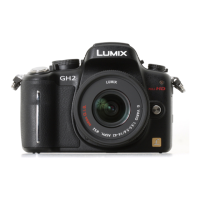
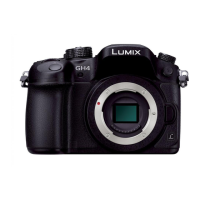

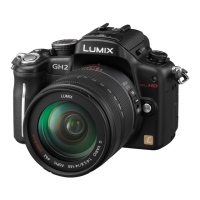
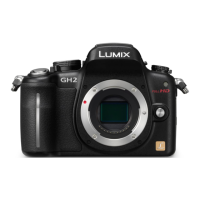
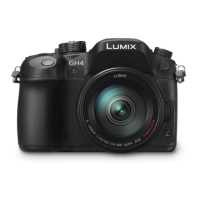
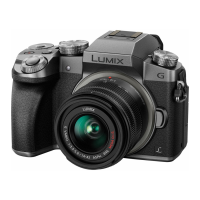
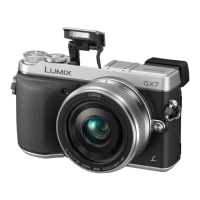

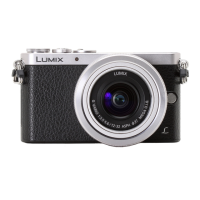
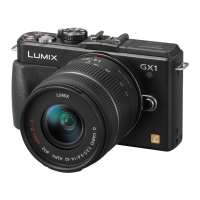
